Italian crime: Torino Violenta
Exploring the Relationship Between Film and the Turin Streets
The 1977 Italian crime thriller “Torino Violenta” (also known as “Violent Turin”) directed by Carlo Ausino and starring Maurizio Merli is a cult classic that remains an intriguing cinematic representation of the city of Turin. Beyond its gripping plot and memorable characters, the film’s portrayal of Turin reflects a dynamic and complex relationship between cinema and the urban landscape. In this article, we will delve into the world of “Torino Violenta” and explore how the movie interweaves with the city, capturing its essence during a turbulent era in Italy.
Setting the Scene
Released during the height of the Italian crime film genre, “Torino Violenta” is a product of its time. The film is set in the late 1970s when Italy was grappling with political turmoil, economic uncertainty, and rising crime rates. Turin, a city primarily known for its automotive industry and beautiful architecture, served as the backdrop for this gritty crime drama. The film’s choice of location was not incidental; it was a deliberate attempt to juxtapose the city’s elegant façade with its darker underbelly.
The City as a Character
In “Torino Violenta,” Turin emerges as a character in its own right. The film takes viewers on a journey through the city’s diverse neighborhoods, from the bustling city center to the more marginalized and crime-ridden areas. The choice of locations, such as the iconic Mole Antonelliana and the Po River, adds a distinct visual dimension to the narrative.
A great cinematography captures Turin’s contrasting faces: the gleaming modernity symbolized by its car factories and the decaying urban landscape infested with crime and corruption. This juxtaposition serves to underscore the film’s central theme of the battle between law and lawlessness.
Social Commentary
“Torino Violenta” is more than just a crime thriller; it’s a social commentary on the conditions of the working class in Turin during that era. The film portrays a city where the gap between the rich and the poor is stark, and crime becomes a desperate means of survival for some. This aspect of the film resonated with audiences who were living through similar socio-economic challenges at the time.
The film doesn’t shy away from depicting the harsh realities of life in Turin, including scenes of poverty, violence, and desperation. This unflinching portrayal not only adds depth to the characters but also highlights the city’s role in shaping their destinies.
Legacy and Influence
“Torino Violenta” has left a lasting legacy in the world of Italian cinema. It stands as a testament to the power of location and its ability to shape the narrative of a film. The film’s portrayal of Turin has inspired subsequent generations of filmmakers to use the city’s unique character as a canvas for their stories.
Additionally, the film’s exploration of crime and corruption in Turin mirrors larger societal issues, making it relevant even today as a commentary on the challenges faced by urban centers worldwide.
“Torino Violenta” is not just a crime film set in Turin; it is a cinematic exploration of the city’s soul during a turbulent period in Italian history. Through its evocative portrayal of locations, characters, and social issues, the film manages to capture the essence of Turin in the 1970s. Its gritty depiction of the city’s underbelly has left an indelible mark on Italian cinema, reminding us of the power of film to reflect and comment on the world it portrays. In the case of “Torino Violenta,” it’s a compelling reminder of the complex relationship between cinema and the city of Turin.
Visit MovieItalyPlus to watch the film
Don’t forget to read all about italian cinema here!


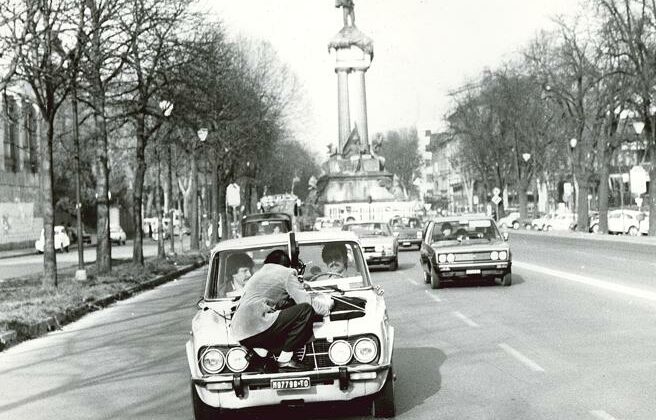

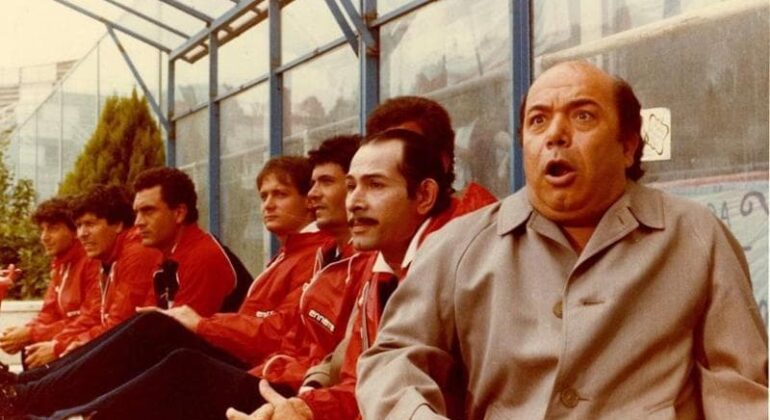
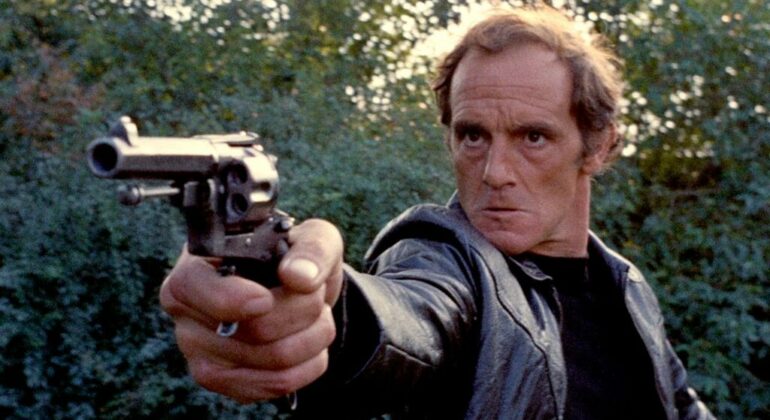
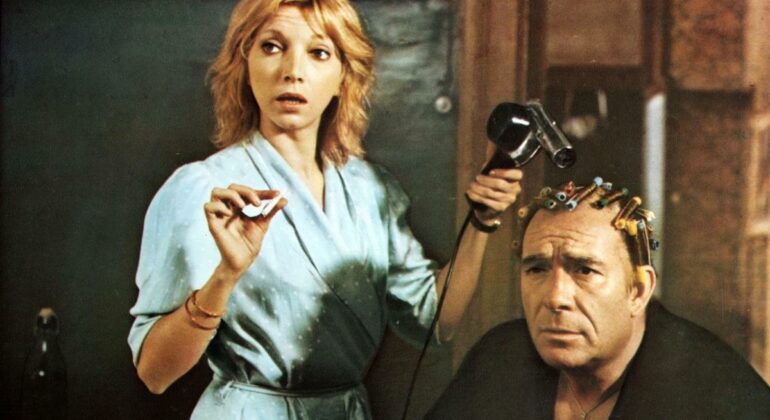

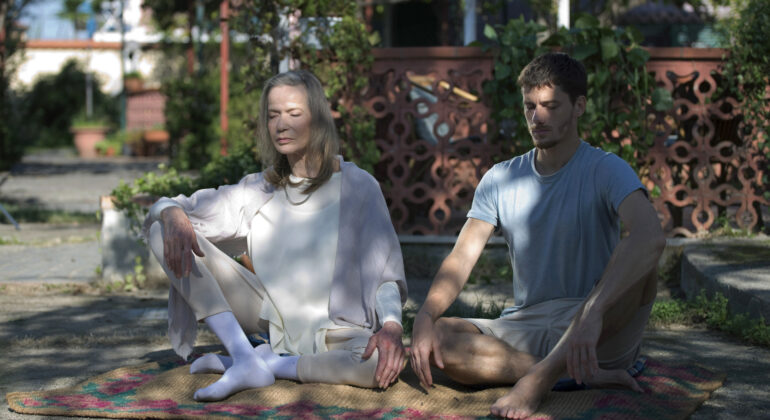
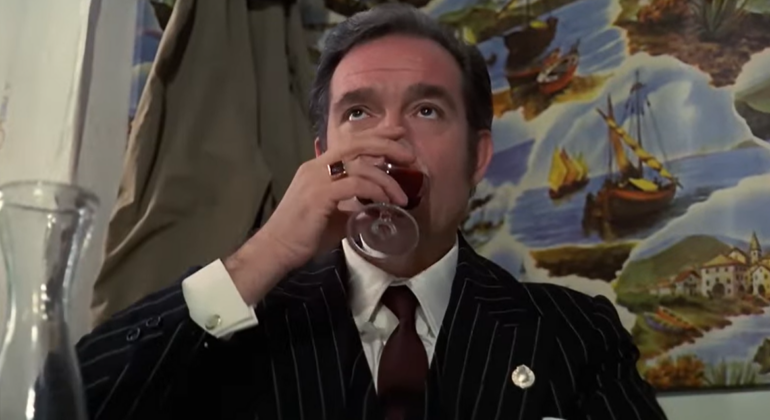
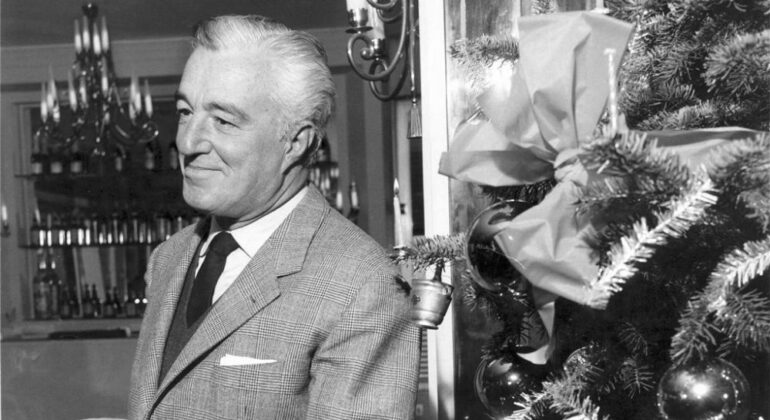

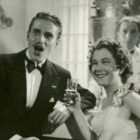
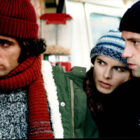


Recent Comments